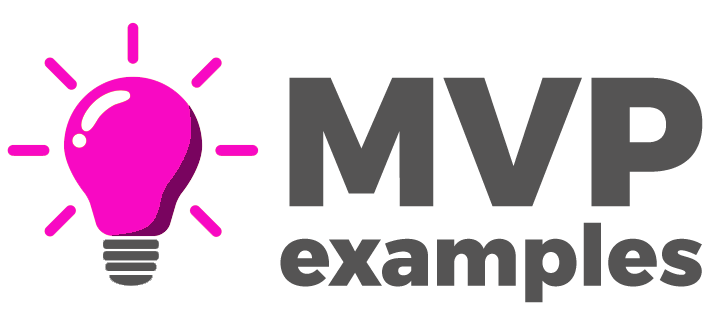Buffer is currently one of the most recognized social media management tools, but it started with a simple Fake door test.
The founder, Joel Gascoigne, was a heavy Twitter user, but he only had time to tweet during the morning, often flooding people with 5 or more tweets at once. He wanted to create a way to queue up tweets to deliver them more evenly. There was a native Twitter scheduling platform, but it had its limitations and was everything but user-friendly.
In 2010, Joel got the idea to build a scheduling tool to do the job. But first, he wanted to know if more people had this problem.
So he built a simple landing page showing the main value proposition in just 3 simple steps. The primary call to action was a green “Plan and Pricing” button next to them. After clicking it, potential users would get a “You caught us before we’re ready” message, stating that the product is not yet ready.

There was also a field where people could leave their email addresses to get notified once the product was ready.
This is an even stronger indicator of genuine interest in the product and a great way to contact relevant potential users.
Running Online ads, Joel got traffic to this landing page, observing two metrics – clicks to the call to action button and left emails.
Quite quickly, he had his hypothesis validated. Many people showed interest in the product, and the acquisition costs were relatively ok. This was a good indicator that online advertising might be a sustainable acquisition channel if the product is developed.
But there was another hypothesis to test – will people be willing to pay for this? And if so, how much? To find out, Joel added one more step into the process – a page showing 3 plans priced from “free” to $20.

The result was that people were still clicking through and leaving the emails, many of which chose the $5 plan. This was all Joel needed to know. After validating his hypotheses, he started developing the product as a Single feature MVP.
Attending the “November Startup Sprint” by the Hacker News community, he devoted himself to developing the MVP in just 7 weeks. Working hard over evenings and weekends, he finished in time, even though he had to drop many desired features, such as a guided step-by-step signup process.
Setting such a strict deadline is good for building Single feature MVPs because there will always be a number of features we feel are vital. But they are usually not.
Joel later admitted he was literally embarrassed by the first version of Buffer. Yet, he received great feedback in the Hacker News community and got his first paying customer within just 4 days.
Joel concluded that the product was “good enough”, so he tried to avoid spending all his time developing additional features and instead spent more time on promotion.
Thanks to the promotion, Buffer acquired 500 active users within the first two and a half months. As Joel puts it, “when the signal is there that the product is good enough, shout about it!”
Joel also spent a lot of time talking to these users, getting vital feedback that helped him prioritize what to develop next.
Share your experience
Have you tested an interesting experiment that you’d like to share? Publish it on the largest online directory for experimentation-led growth ideas! Influence thousands of growth experts and get recognition for you and your company.


